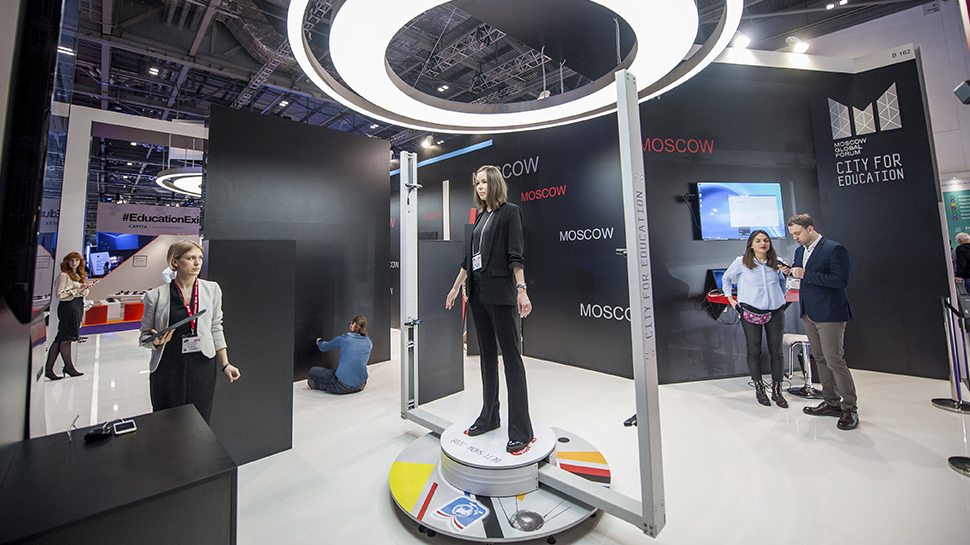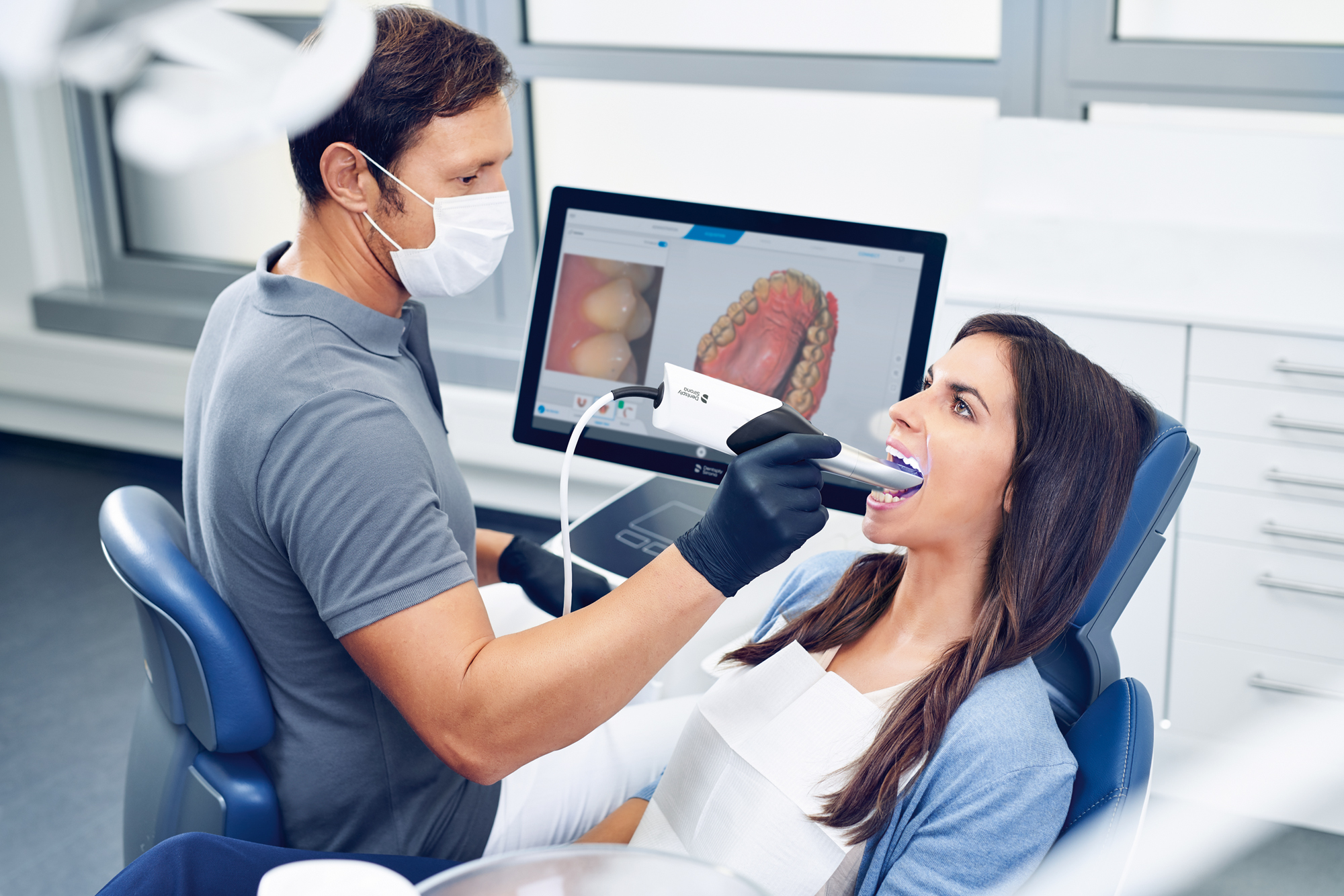3D scanner categories
Introduction
3D scanners can be classified into several categories depending on their design, technical specifications, and fields of application. In this article, we break down the different types of 3D scanners and explain how they work, what differences there are between these 3D scanner categories, and how much 3D scanners cost.
From desktop 3D scanners to handheld 3D scanners, industrial metrology systems, and even 3D scanning mobile apps for your smartphone, discover the full array of 3D scanners available on the market.
Note: we do not categorize 3D scanners based on the 3D scanning technology they use.
Desktop 3D scanners
Desktop 3D scanners are designed for 3D scanning small to medium-sized objects and their compact footprint can fit on a desktop. They are also referred to as stationary 3D scanners or tripod 3D scanners, although other types of 3D scanners can be stationary (fixed) and/or mounted on a tripod (like terrestrial laser 3D scanners).
There are two main types of desktop 3D scanners:
- Closed-frame desktop 3D scanners: With their enclosed 3D scanning area, these 3D scanners offer an environment where luminosity is controlled. They are ideal for jewelry or dental 3D scanning applications, for example, where high scanning resolution is required. Closed desktop 3D scanners basically look like a box connected to a computer, in which the user can place the object to be captured in 3D.
- Open-framed desktop 3D scanners: These 3D scanners are more flexible in terms of 3D scanning volume but, in most cases, they must be used in a room with homogenous lighting and average luminosity (not too bright nor too dim). Many open-framed desktop 3D scanners are composed of a light projector and one or more cameras. They are often mounted on a tripod for stability and accuracy.
Desktop 3D scanners usually come with an automatic turntable. During the 3D scanning process, the turntable rotates while the 3D scanner remains in its fixed position, thus allowing the object to easily be captured in 3D from all angles. The 3D scanning turntable is usually connected to the 3D scanner and operated via the 3D scanner’s software.

Desktop 3D scanners typically use structured light or laser triangulation 3D scanning technologies. They can be used for medical applications (dental procedures, hearing aids, …), reverse engineering, entertainment, jewelry, or prototyping applications among others.
Desktop 3D scanner prices can range from a few hundred dollars for entry-level machines, to tens of thousands of dollars for advanced, professional-grade 3D scanners.
Handheld 3D scanners, portable 3D scanners, and wireless 3D scanners
Portable 3D scanners and handheld 3D scanners are designed to be carried and operated by hand. The person holding the 3D scanner points it at the object to capture it from different angles and obtain a 3D model. “Portable” and “handheld” are more or less used interchangeably, although other types of 3D scanners can be portable, too (like backpack SLAM 3D scanners).

Handheld 3D scanners are more flexible and versatile than fixed 3D scanners, as the user can, for example, access areas that are too narrow or difficult to reach for a regular 3D scanner. They can capture 3D objects of various sizes, from tiny objects and intricate details to the human body or even cars and larger objects. Most handheld 3D scanners, when equipped or paired with photogrammetry technology, can capture textures and colors to obtain photorealistic 3D scans.
You may also like:
Handheld 3D scanners 2024: top 5 selection (under $30K) and buying guide
It is important to keep in mind that despite being portable by hand, most of these 3D scanners are not wireless as they need to be connected at all times to a computer via USB and to a power outlet. Mobility is therefore somewhat limited. Only a few portable 3D scanners are fully wireless.
Professional 3D scanners, industrial 3D scanners, and metrology 3D scanners
Professional 3D scanners and industrial 3D scanners are designed to meet high standards of precision and detail for professional applications such as precision measurement, inspection, and metrology as well as product design, among other use cases. 3D scanners specifically designed for precision measurement are also called Coordinate Measuring Machines (CMM).
Industrial 3D scanners come in a wide variety of shapes and sizes to address specific use cases. The most common use cases for these advanced 3D scanning systems are reverse engineering, part inspection, and maintenance.
You may also like:
An overview of 3D scanning for part inspection
Industrial-grade 3D scanning systems can leverage many different 3D scanning technologies to offer the best possible performance. They do not usually capture the object’s textures (colors) as they are designed to capture shapes and generate highly detailed meshes.
These professional 3D capture systems are usually quite expensive and can be composed of several items (calibration units, markers, 3D scanning sensors, robotic arms, etc.). Their price can range from tens of thousands of dollars to over a hundred thousand dollars for the most advanced and automated systems suited for challenging and fast-paced industrial environments.

Note that some handheld 3D scanners for metrology have been emerging over the past years and at more affordable price points.
3D body scanners and 3D scanning booths
This category comprises devices and systems that are able to 3D scan human bodies and human body parts (face, hands, feet, …).
Body 3D scanners are most often found as huge cabins, where the person to be 3D scanned is surrounded by sensors or stands on a rotating platform. However, some handheld 3D scanners are also suited for 3D body scanning.

3D body scanners are able to 3D scan a full person in color (with textures) in under a minute. Most 3D body scanners use photogrammetry– a fast method but one that requires a lot of cameras and/or photos– and/or structured light, which offers higher resolution but requires the person to stand perfectly still for some time.
These 3D body scanning systems are used for medical, fitness, and fashion applications, and can even be used at events for increased brand impact. 3D printed figurines are also among the many 3D body scanning applications that exist today.
Intraoral 3D scanners for dentists
While dental labs can use desktop dental 3D scanners to 3D scan dental impressions and other devices, dental practicians can also use intraoral 3D scanners to directly scan inside their patient’s mouth.

In a way, intraoral 3D scanners almost look like (big) electric toothbrushes; they are long and thin in order to capture the patient’s teeth and gums from all angles. With the resulting 3D scan data, dental professionals can easily and quickly edit 3D implants that are perfectly suited to the patient. These implants and other tailor-fit devices can then be fabricated with a CNC mill or 3D printed with a resin 3D printer or metal 3D printer.
You may also like:
3D printing and 3D scanning for the dental industry
3D scanning apps for smartphones and tablets
There are several 3D scanning apps that can be used on affordable hardware such as smartphones and tablets. These 3D scanner apps rely on the device’s sensors and camera to work, often using photogrammetric data to create a 3D model. Most 3D scanning apps are able to capture colors.
The overall performance of the 3D scanning app depends on the smartphone or tablet’s camera resolution and lighting conditions. Sometimes, a special dongle with additional sensors or cameras must be plugged into the device in order for the 3D scanner app to work.
 English
English  Français
Français


